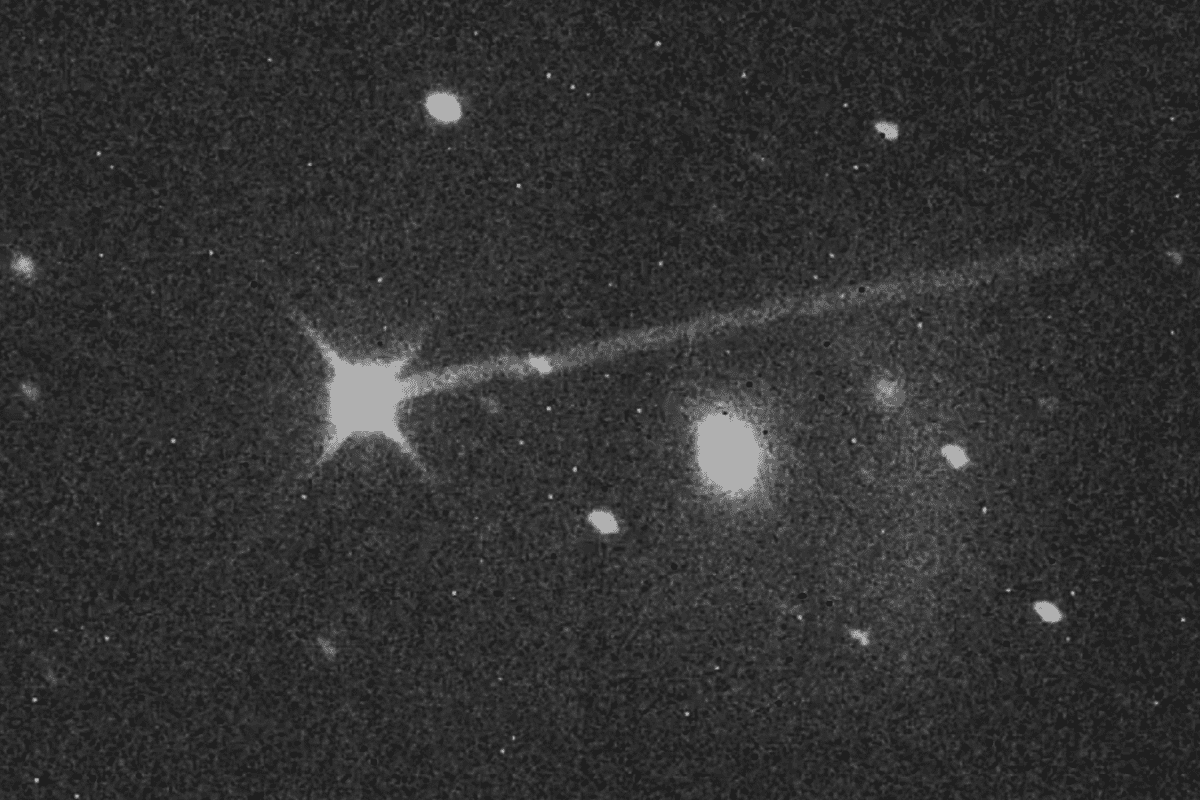
Support Us in Telling Important Stories
The Independent diligently covers critical issues, ranging from reproductive rights to climate change and the influence of Big Tech. Our reporting captures real-time developments, whether it’s unpacking the finances of Elon Musk’s pro-Trump PAC or showcasing our latest documentary, ‘The A Word’, which highlights American women advocating for reproductive rights. We take pride in distinguishing facts from misleading narratives.
In these pivotal times for the U.S., having dedicated journalists on the ground is essential. Your contributions enable us to continue sending reporters to cover diverse perspectives and ensure comprehensive storytelling.
Trusted by a wide range of Americans, The Independent stands apart from many other news organizations by offering access to our reporting without paywalls. We firmly believe that high-quality journalism should be accessible to everyone, funded by those who are able to support it.
Your support truly makes a significant impact.
According to NASA, the probability of Earth encountering asteroid 2024 YR4 has been officially increased.
NASA’s Center for Near Earth Object Studies (CNEOS) now assesses the likelihood of a collision in 2032 at 2.6%, which equates to approximately 1 in 38.
This revision follows several updates; the previous estimate was 2.3%, while earlier in January, it stood at just 1%.
These adjustments are the result of enhanced observations that have significantly clarified the asteroid’s potential path.
Although it remains highly unlikely that the asteroid will strike Earth, the analysis has allowed scientists to outline a possible risk corridor—indicating that over 100 million individuals live in areas that could possibly be affected by 2024 YR4.
According to CNEOS, the asteroid currently holds a rating of 3 on the Torino Scale, which evaluates the risk of impact, with the scale extending up to 8. The relatively small size of 2024 YR4 suggests that, if it were to collide with Earth, it would possess less energy than larger objects.
Scientists estimate that the asteroid measures between 40 to 90 meters in diameter. This approximation is based on its brightness and may vary significantly depending on the reflectivity of its surface, which astronomers are working to determine through ongoing observations.
The asteroid is currently moving away from Earth and is anticipated to remain visible until around April. Therefore, scientists are racing against time to gather as much information as possible, as it won’t be feasible to study it again until 2028—potentially after it’s too late.









